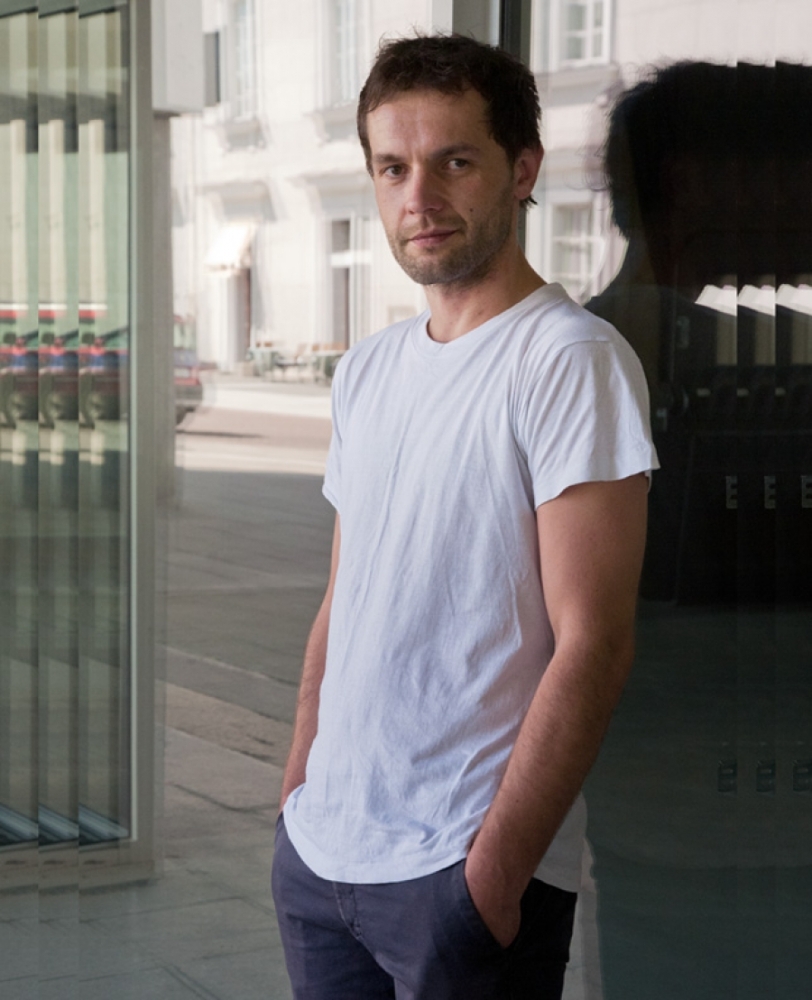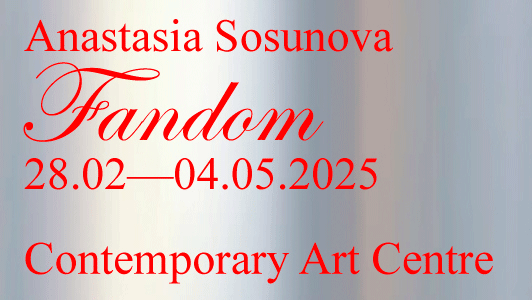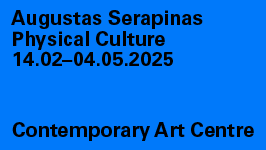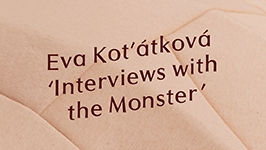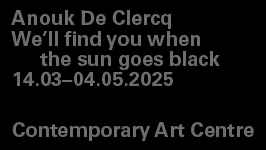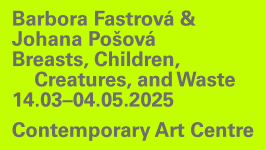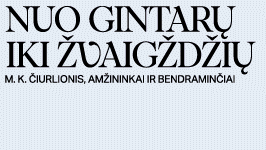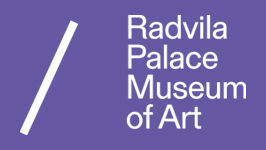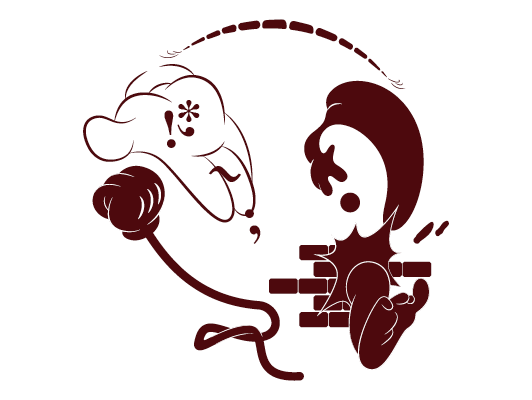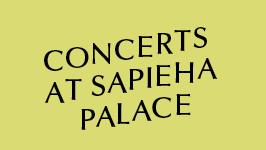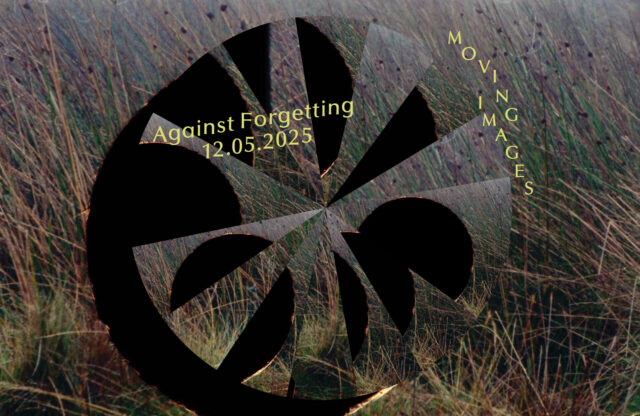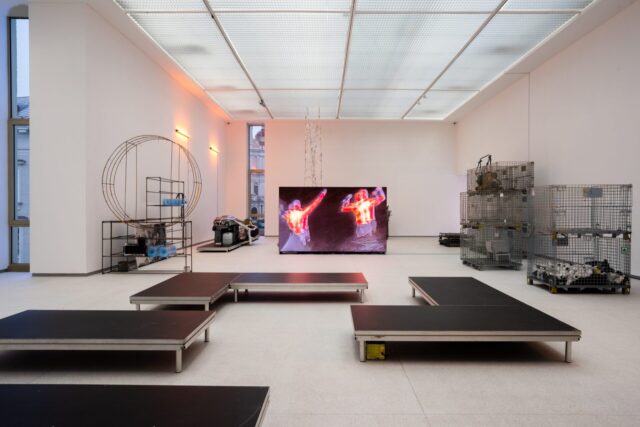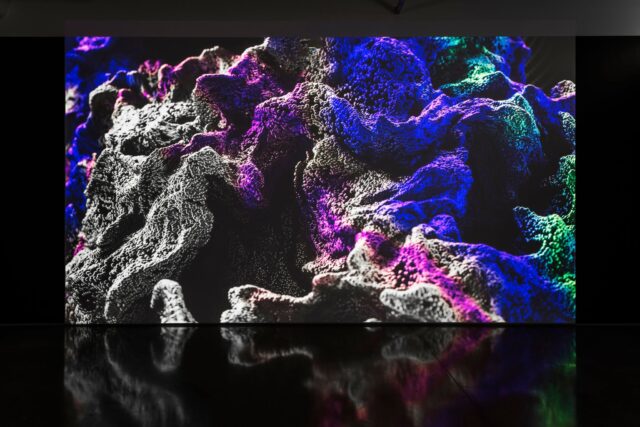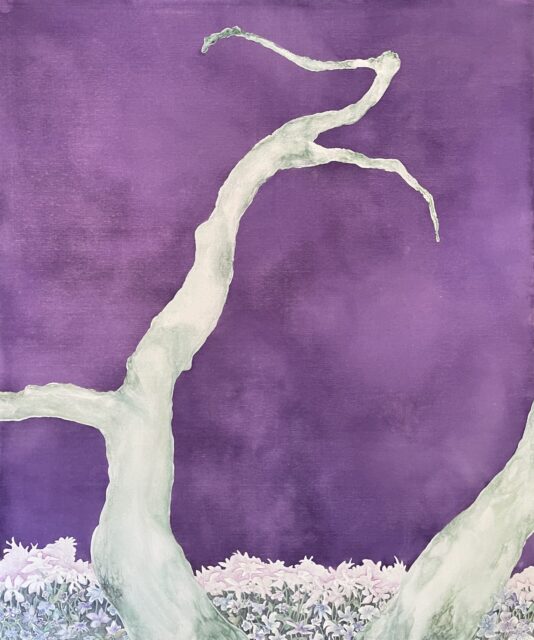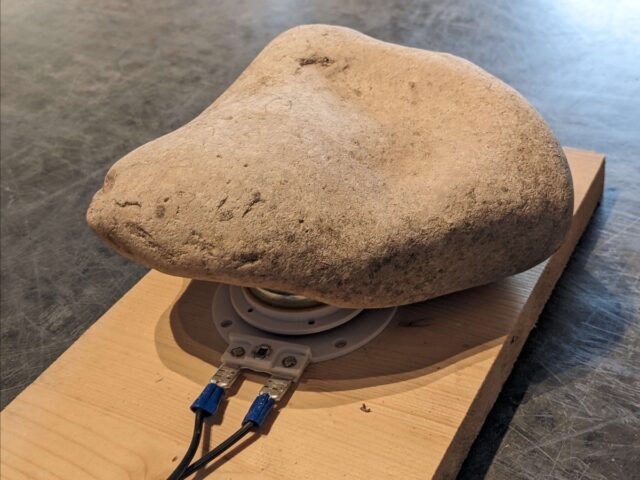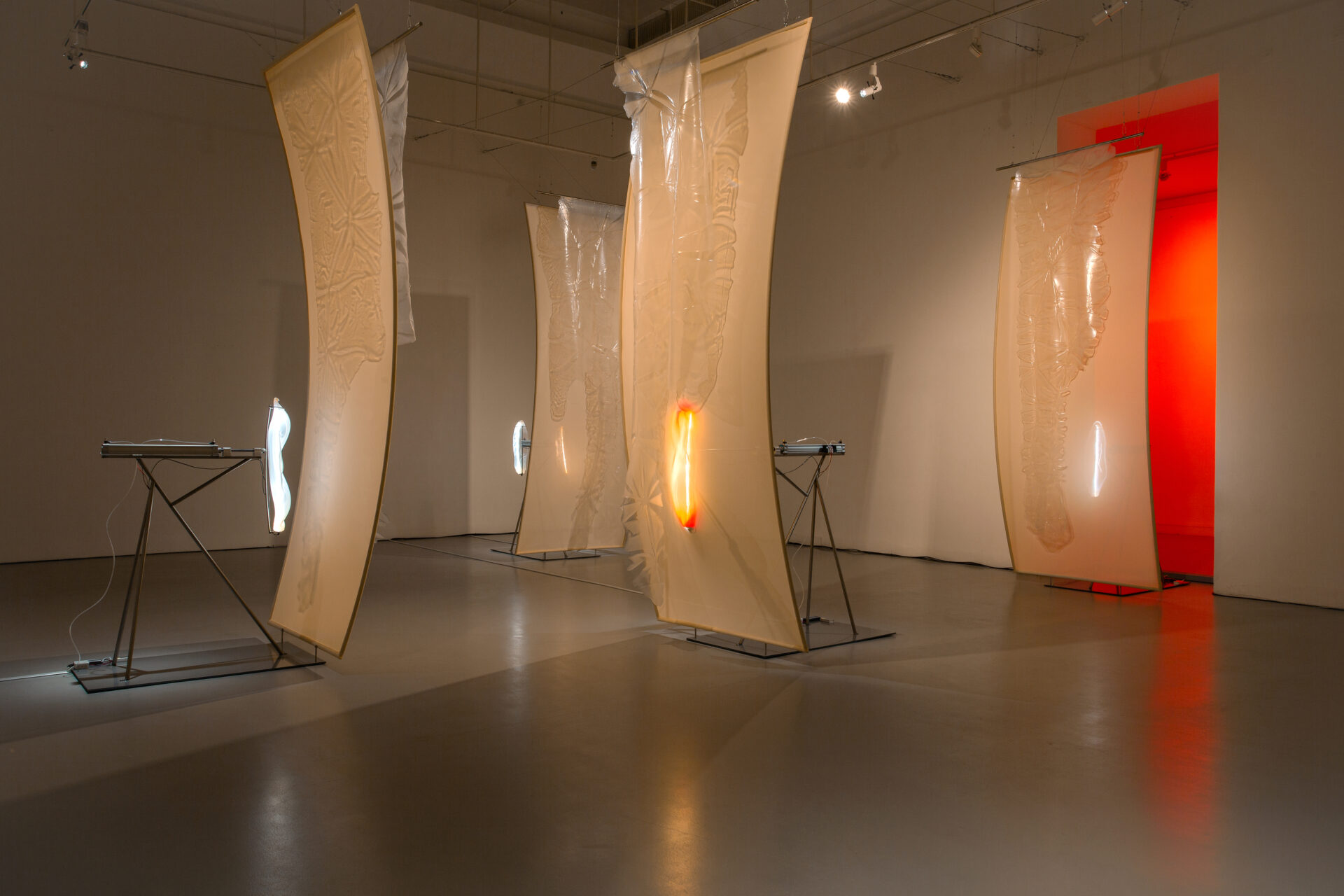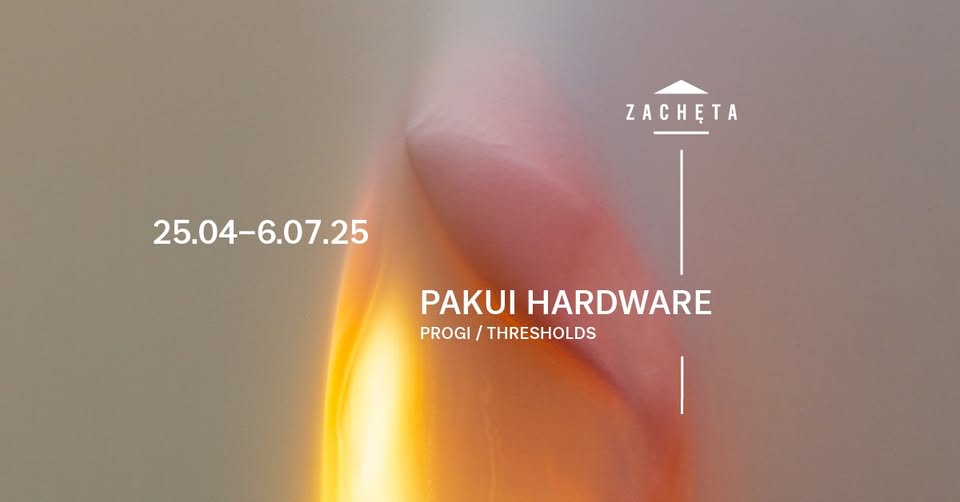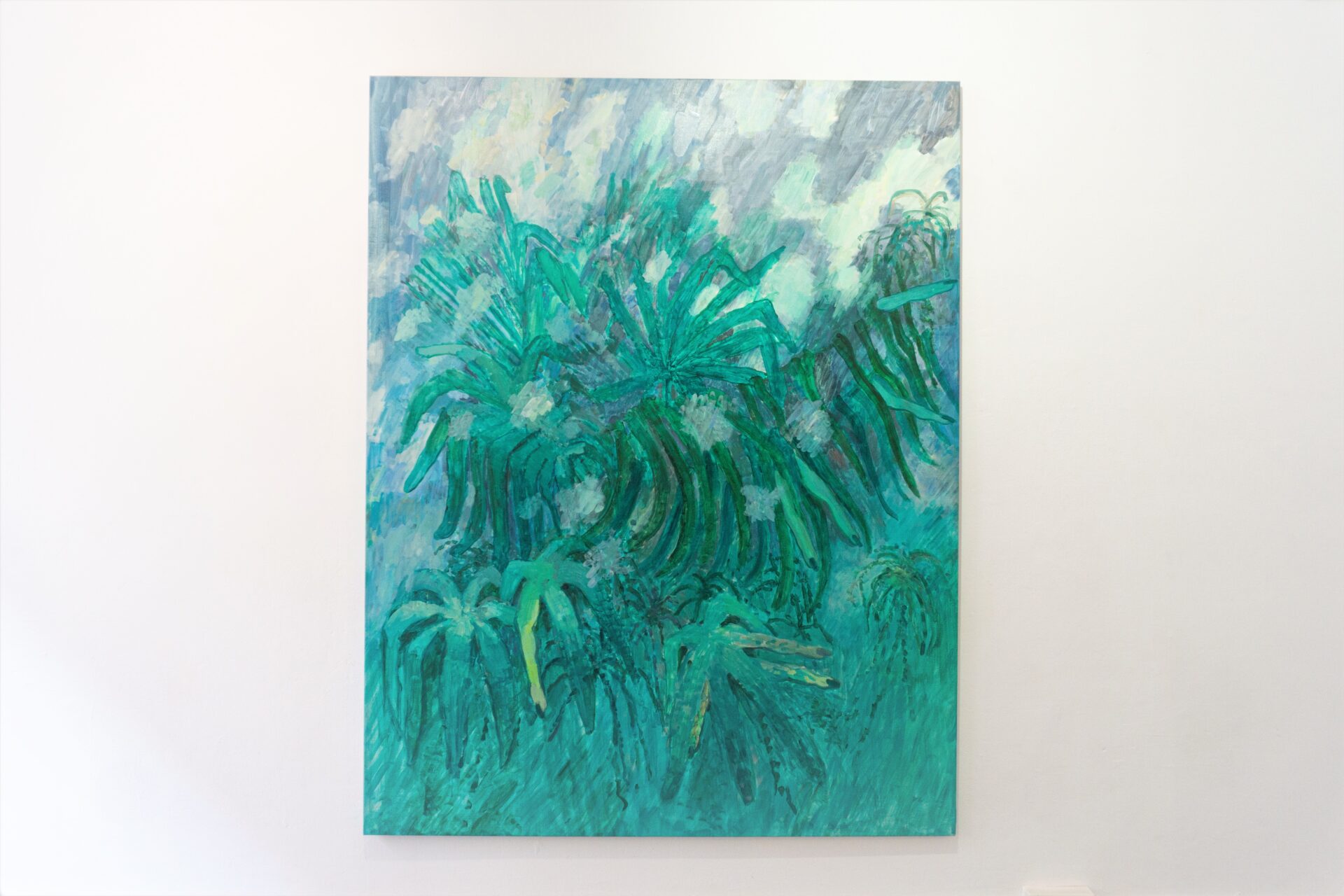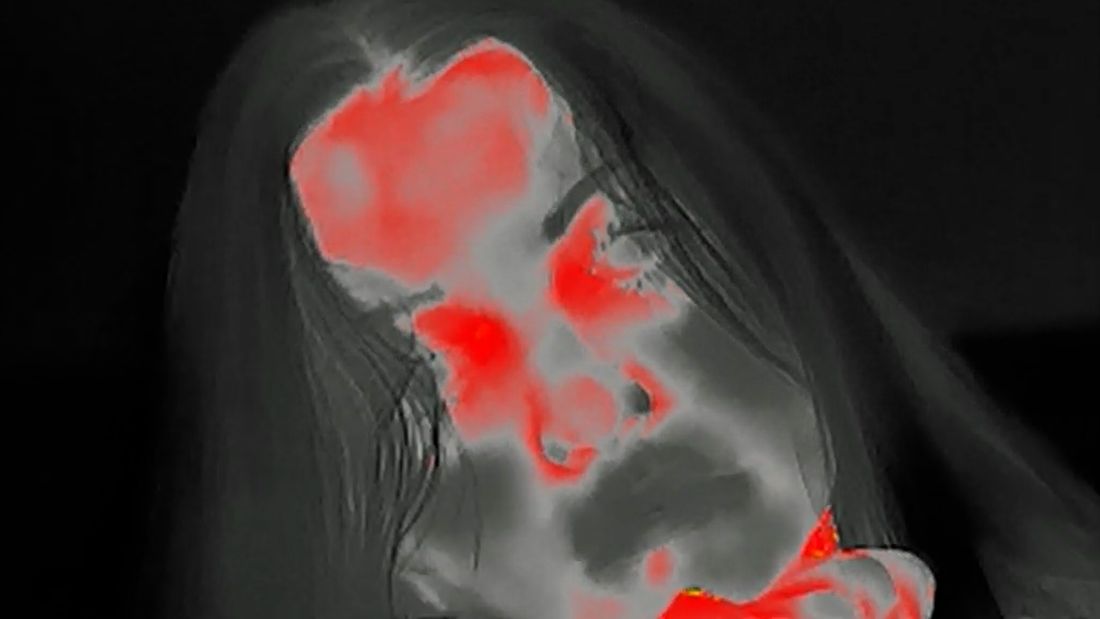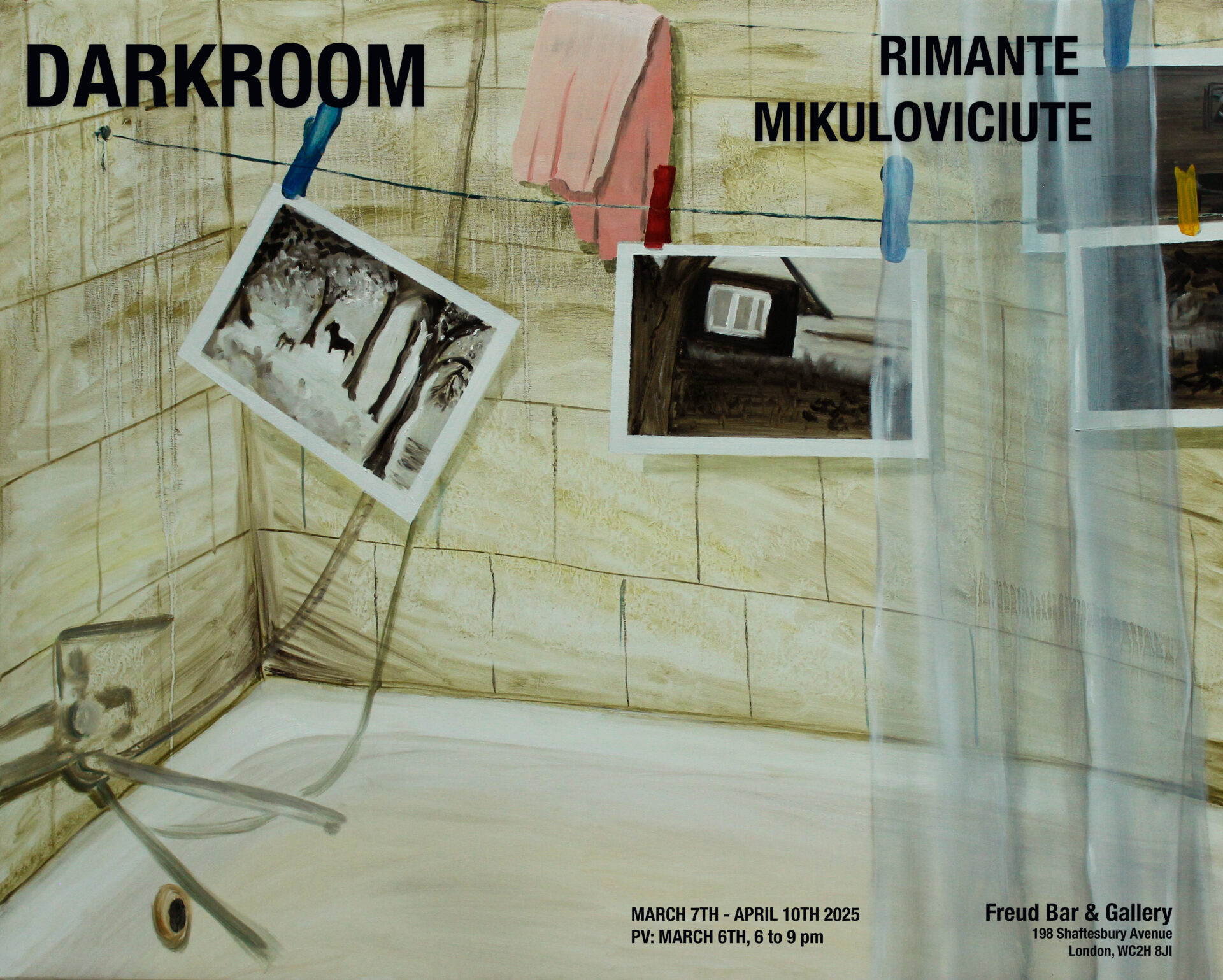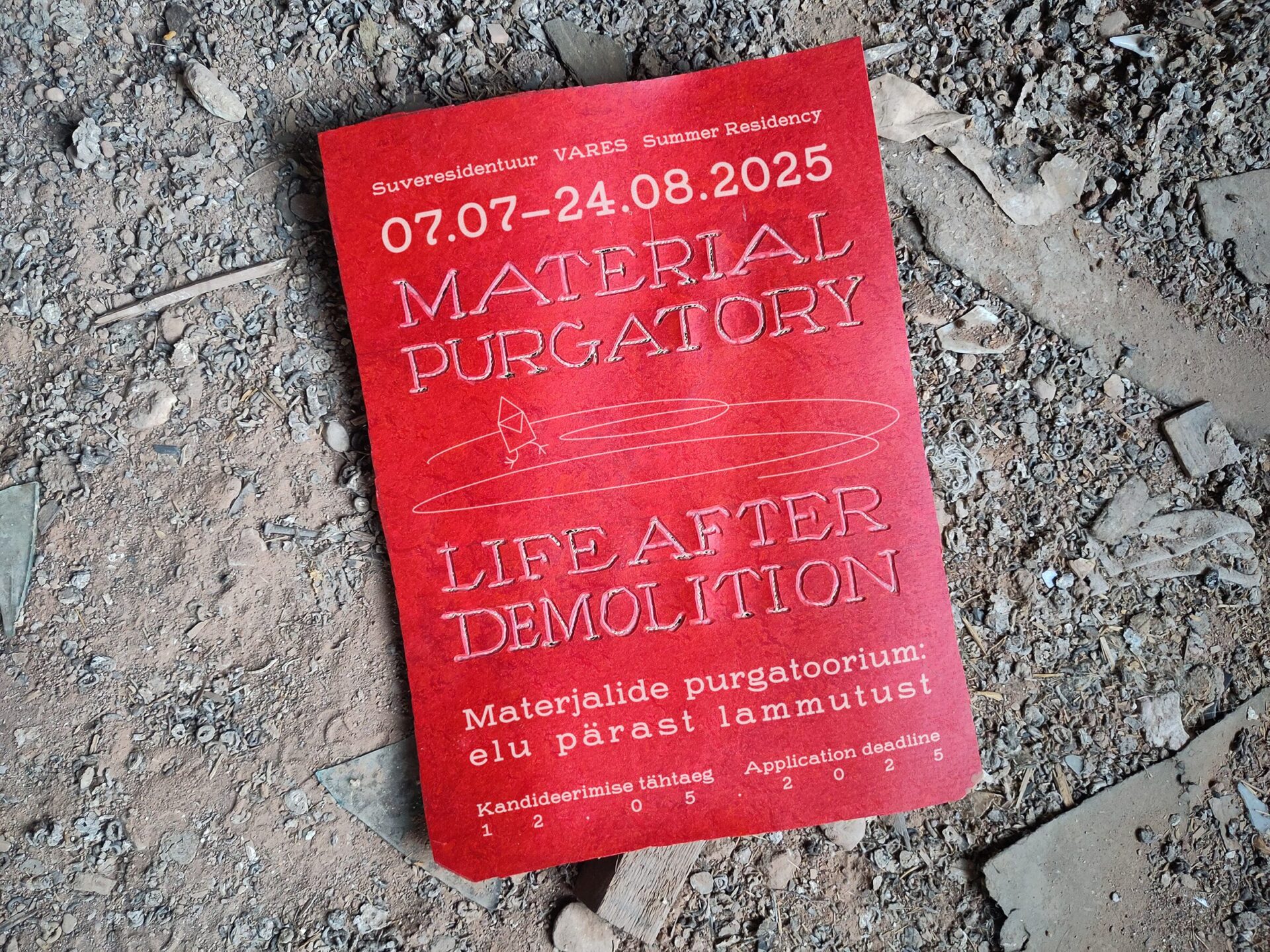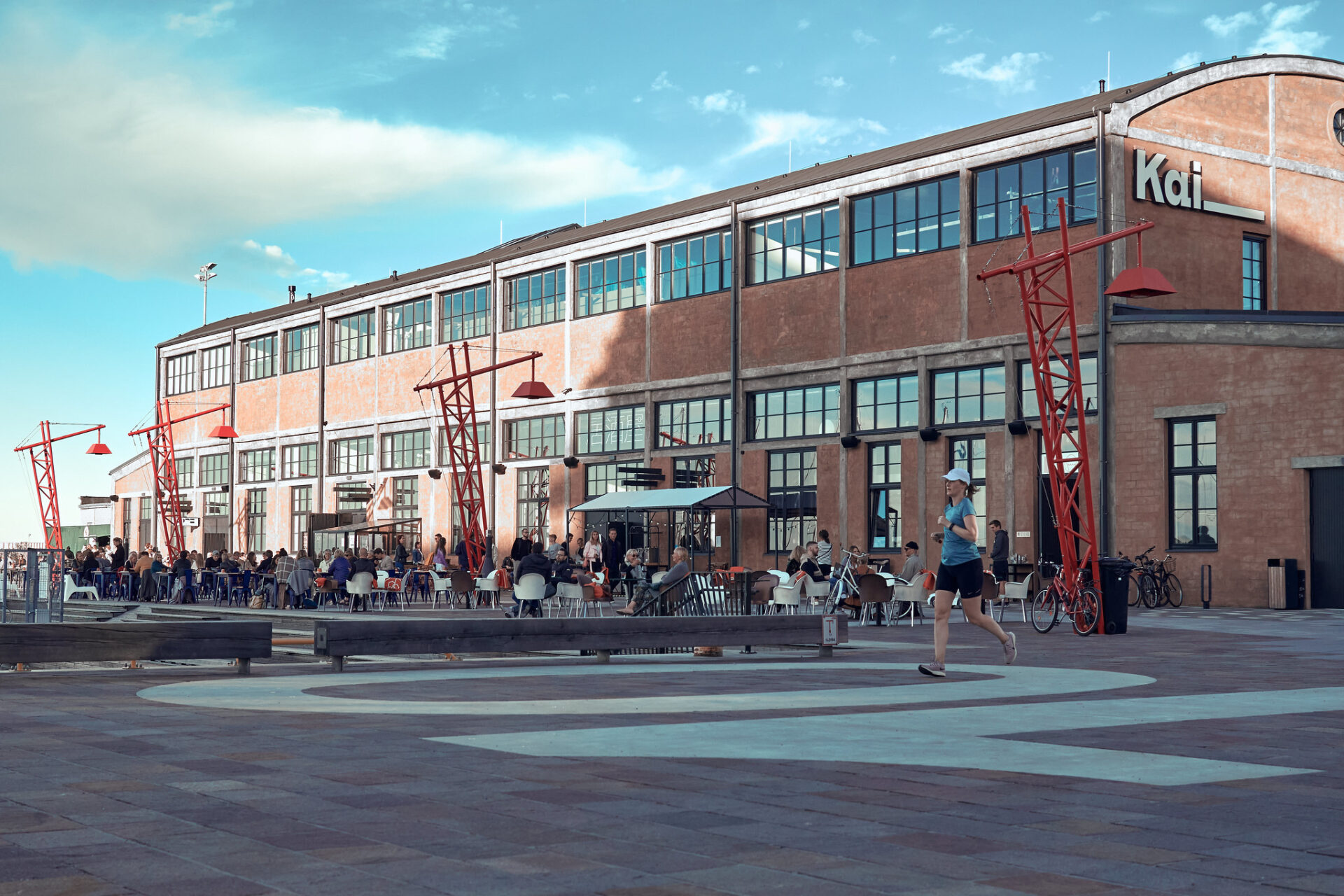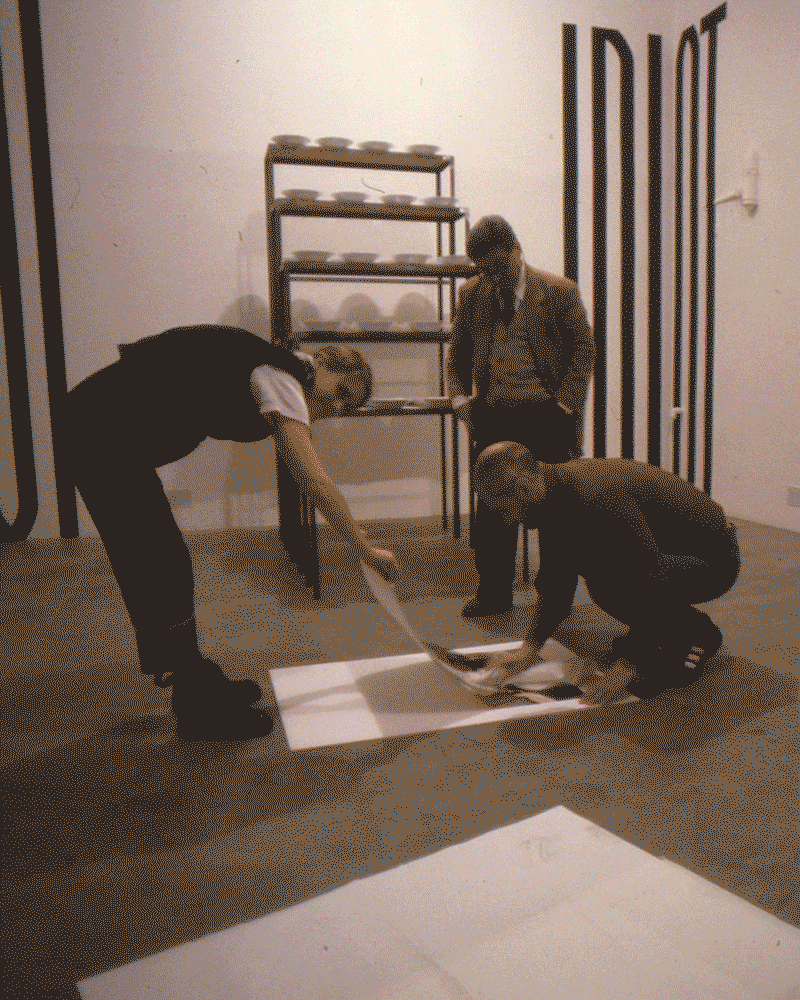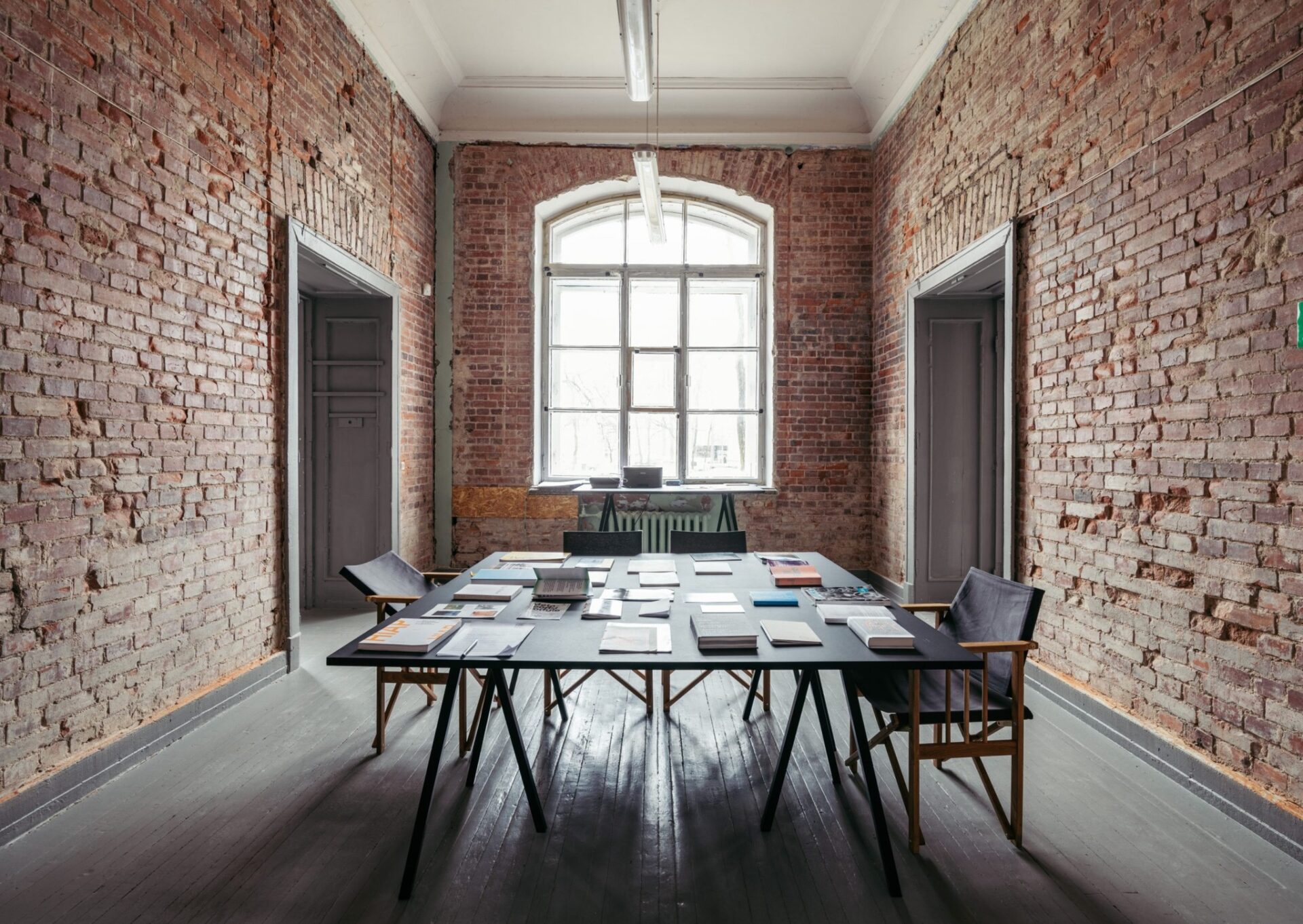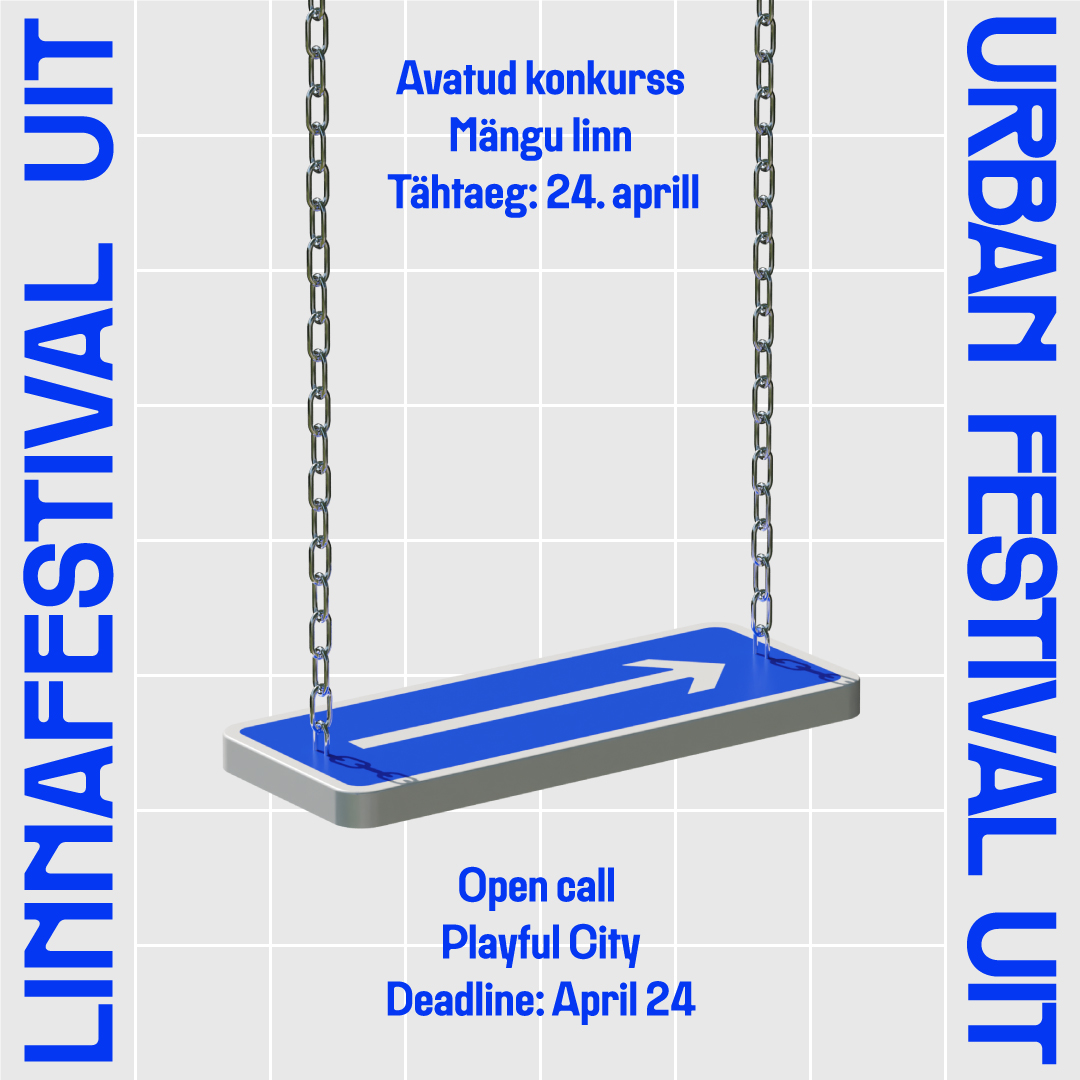The 11th edition of the Baltic Triennial of International Art at Vilnius Contemporary Art Centre is taking a turn to a more condensed format: a 12 day event focused exclusively on performance and film. Countering the tendency of biennials to be pluralist, all-encompassing multi-platforms, the curators have chosen to present the contributions of artists through a radically minimized vessel: a single human being.
Mindaugas, who has one of the most common Lithuanian names (literally “much fame” or “one who has many ideas”), is the medium through which the artists will channel their works. He will appear each day throughout the Triennial, animated by different instructions, scripts, scenarios, and scores by the participating artists to be played out in the city of Vilnius or nearby surrounding areas.
Parallel to Mindaugas’s daily activities is a program of films under the title Cinema of The Self that will play in CAC Cinema Hall – a solipsistic cinema which consciously travels from ‘it’ to ‘I’ over the course of a day. In the evening, while Mindaugas rests, the constellation of ideas he has embodied are transmuted by different solo performers and cinema-based events within a shifting stage environment called the Charismateria.
The 2012 edition will be curated by Defne Ayas, Director of Witte de With, Center for Contemporary Art, Rotterdam; and Benjamin Cook, Director of LUX, London. By invitation of Ayas the concept and program is developed together with New York-based artists Ieva Misevičiūtė and Michael Portnoy.
Can you give us some background to the conception of this year’s edition of Triennial? How come this edition this year is focused only on performance and film?
Defne Ayas: Benjamin Cook and I was match-made by CAC’s adventurous Director Kęstutis Kuizinas, who entrusted the Triennial to our shared vision. I was for years engaged in live work, performance and related exhibitions, as well as formation of collaborative large-scale platforms, and Kęstutis and I had met when he was on a curatorial research mission in Shanghai, China for the previous edition of the Baltic Triennial. Benjamin Cook on the other hand has been seeped in filmic productions by visual artists for a long time and has quite a pedigree in art history. When Kęstutis invited both of us, he already had the idea that we should focus on both film and performance, so this wasn’t really our decision. When Benjamin and I met, we found this intriguing but immediately agreed that these two fields were impossible to split and could not be treated separately, especially when art history is the main concern.
How did you two decide on the framework?
Defne Ayas: We met in Lithuania, and did our research in Vilnius first. We inquired not only about the contemporary art scene, its actors, and the history of the Triennial, but also found out about the many facts and aspects of Vilnius, including its contemporary realities, its state of crisis, its history of relationships with Communism and Christianity, as well as other traditions. We also faced the fact of a limited budget. That we were asked to work with performance yet the production and presentation of a singular performance can at times cost as much as an exhibition budget, something that hosting organizations, audiences and viewers sometimes underestimate. Thus producing a triennial filled with a line-up of performances comes with limitations and limited possibilities. We took a long walk in the snow, climbed a hill to oversee the city, and decided there to shrink the Triennial. In part because of the reality of budget limitations, in part due to the experimental nature of Baltic Triennial – we were sure, that a small event could also activate a wide response and arouse many thoughts. So we turned the budget limitation into an opportunity. We already knew and discussed that we would have to work with some basic elements of human quality, and media culture. We also knew that we wanted to focus on the de-construction and democratization of the cult of celebrity. How could we work with media and broadcast channels directly, and engage a larger chunk of the city into a conversation with art? After all, without media, there is almost no culture today. At the conception of our direction, we also decided to invite Michael Portnoy and Ieva Miseviciute to the project.
How come?
Defne Ayas: I had worked with Michael Portnoy before in every edition of Performa, New York’s visual art performance biennial, and had full confidence in his abilities as both an instigator and artist. He called himself a Director of Behaviour and was a tour-de-force conceiving variety club-like settings. His collaborator Ieva was also as engaged of an artist and thinker, also connected to the Lithuanian context and fluent in the vocabulary of the performance scene, so I thought we could make a good team. We continued to brainstorm together how to distill the many histories, experiences, and realities of Lithuania via the medium of performance and film. This is how the idea of Mindaugas came about, via these deliberations. The channeling through a single human vessel is in very much synch with both Michael and Ieva’s artistic work as well, and formed the core and heart of our program for the Triennial, which I find so refreshing and exciting.
Ieva, Michael, who is Mindaugas? And why Mindaugas Triennial ?
Michael Portnoy and Ieva Miseviciute: We thought that of instead of trying to construct a multi-platform, pluralist exhibition, it would be generative to narrow it even more, so that the main space for the whole show would be one human being. And thus the idea of Mindaugas was born. We wanted to choose someone who is as empty a subject as possible. A sort of stereotype that lures you into thinking that you recognize it, and yet once examined closer is in fact without a real character and ready for any manner of modification. We thought of someone who would be commonly known by the locals – Mindaugas is one of the most popular male names in Lithuania. Everyone knows at least one Mindaugas and everyone has an idea who he is. And so Mindaugas is already a container of images. The name itself means “the one who has many ideas” (daugiamintis). Min – is the root of the word “thought”, and daug is “many” in Lithuanian. Many ideas through one – it also brings us to the question of the versatility of a human being and ways of conveying it. The charismatic self as “prime material”. The evening program is dedicated to an examination of this.
Benjamin, could you tell us about The Cinema of the Self?
Benjamin Cook: The Cinema of the Self is a programme of contemporary artists’ films which circles around notions of identity and construction of self. It is particularly inspired by one of the films in the series; All Divided Selves by Scottish artist Luke Fowler, and the ideas of its subject, the radical psychiatrist R.D. Laing who challenged the medical establishment of the 1960s with the idea that everyone is healthy and people with so-called mental illness are just trying to find their way back to their natural state. Laing talked about the idea of how we all exist in the world as beings, defined by others who carry a model of us in their minds as we carry models of them in our minds and this is really the heart of the idea of the Cinema of the Self. Even though the films contain a wide range of subjects from the Japanese Red Army Faction, to André Breton’s apartment, to Egyptian movie stars the film programme is really about our existential experience of it, how we relate to it, how it relates to us and ultimately how the audience is channeled by the artist filmmaker.
Originally published in magazine 370.
